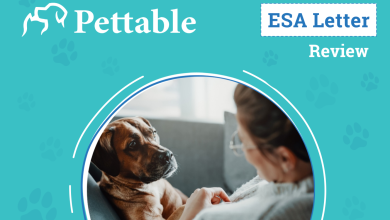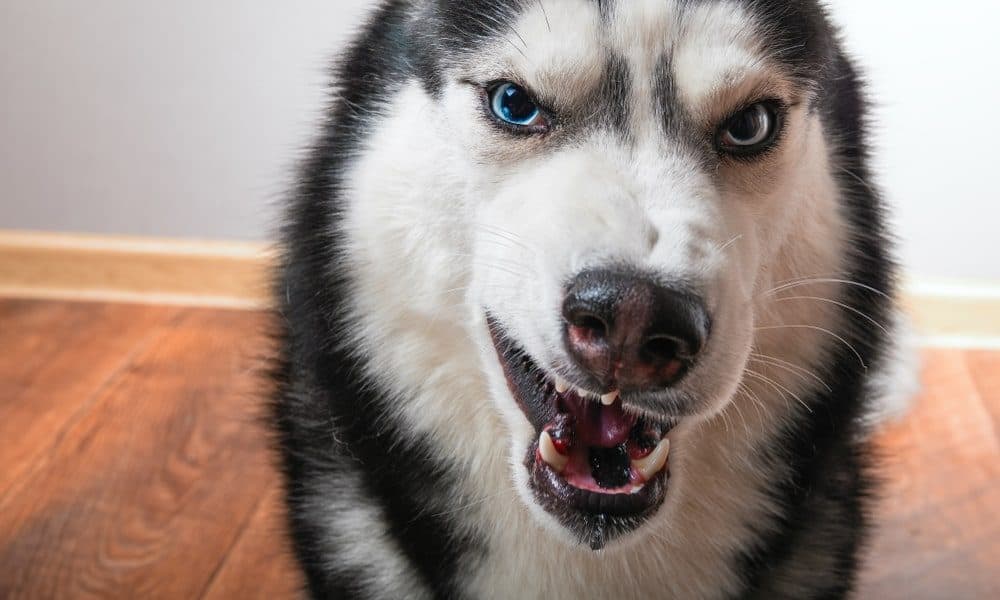
Dogs are family. They’re our loyal companions, our faithful sidekicks, our devoted therapists, our very best friends. But, sometimes we show our love for them in ways that might actually be making our furriest family members uncomfortable, confused, or downright annoyed.
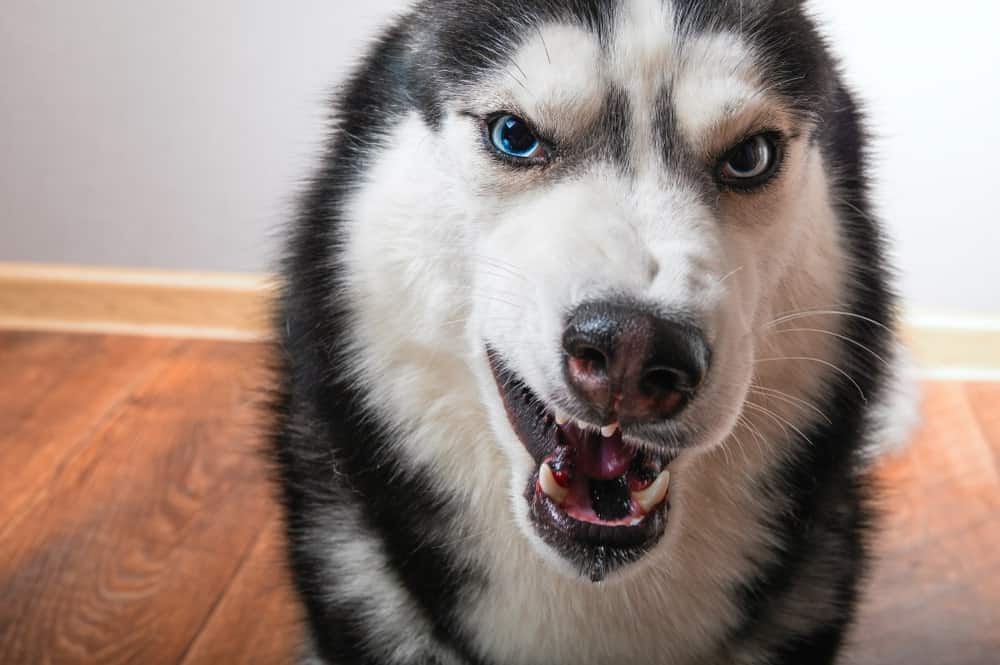
Of course, there are exceptions to every rule, but to maintain the very best relationship with your dog, it’s best to avoid doing these 4 things humans do that might actually annoy our dogs.
1. Showing Affection by Hugging
While a lot of dogs tolerate being hugged, and some have been taught to hug back, the act of wrapping your arms around someone you love and squeezing tight is a totally foreign concept to our four-legged friends. In the dog world, placing a paw on or pressing the body against the back of another dog is often regarded as threatening.
While your dog may seem to love your own cuddly advances, he may not respond so well to others offering the same embrace. Likewise, although you may be used to hugging your own dog, it’s best to avoid handing out hugs to dogs you don’t know, even if their human encourages it. Though the signs may be subtle, you’ll know a dog is uncomfortable with your cuddles if his body or mouth tenses up, even slightly, if he lowers his head as if he’s crouching, if his ears are pulled back, or if he tries to turn away.
Instead of showing love with a hug, dogs often enjoy having their chests or backs scratched and petted, some may enjoy their ears being massaged, and others think a game of tug, fetch, or the toss of a tasty treat is the ultimate show of affection.
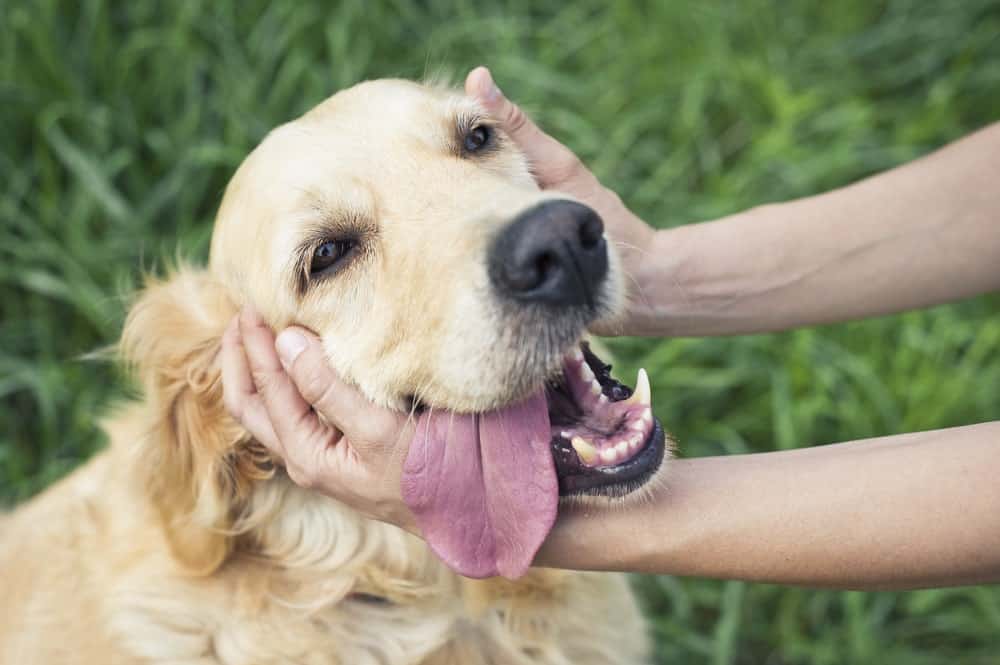

2. Not Speaking Their Language
As humans, it’s in our nature to communicate through speech, so it’s only natural that we try to communicate with our dogs the same way. The only problem – dogs don’t speak our language! Yes, dogs can be taught to understand certain voice commands – sit, stay, down – but there’s a language they understand much more clearly: body language.
A dog’s innate ability to understand body language is part of what makes them such amazing companions. Just being around us, they know if we’re happy, stressed, afraid, sad – without us uttering a word. Because dogs communicate with one another through their body language, the most effective way to communicate with them is the same. Instead of training your dog using voice commands alone, add hand signals. You’ll find that your dog responds much quicker and learns much faster when body language is incorporated into training.
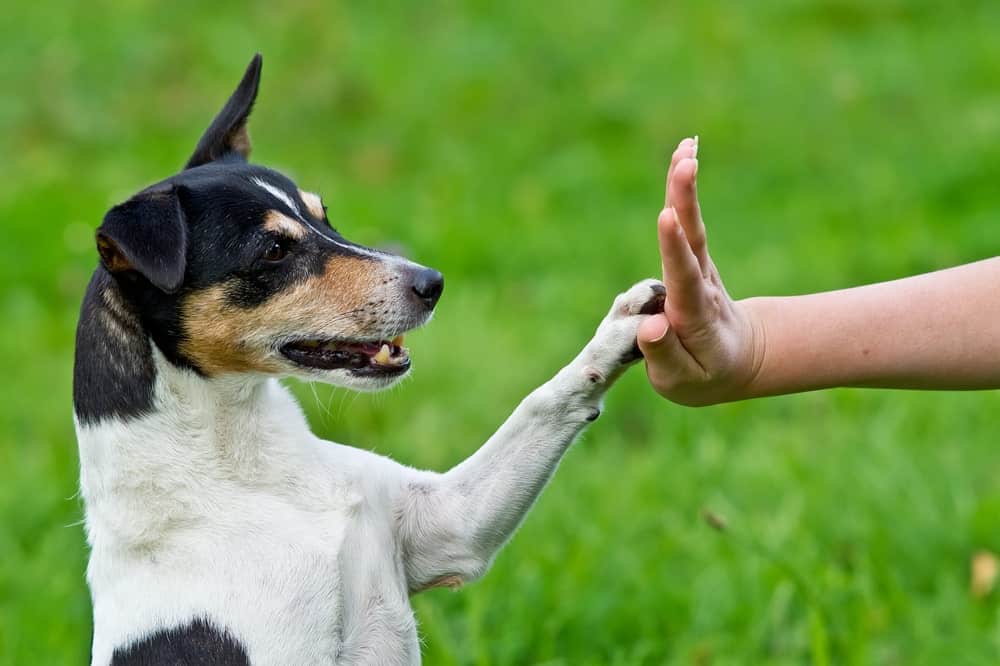

And, don’t forget, your dog has done a beautiful job of learning your body language, so it’s important that you learn hers, too. How do her ears hang when she’s relaxed? What does her tail do when she’s excited? How does she hold her mouth when she’s nervous? Your dog is constantly communicating with you, so it’s important you learn her language.
3. Not Allowing Them to Explore
As humans, we’re always reminded to “take time to stop and smell the roses.” Why then, don’t we encourage our dogs to do the same? While it’s important that a dog knows how to walk nicely on a leash, it’s also important that going for walks be fun and enjoyable!
It’s easy, after a long day at the office, to think of our dog’s daily walk as a chore. In that frame of mind, pet parents can find it annoying when, instead of walking, their dogs just want to stop and sniff everything. But, keep in mind your dog’s been inside all day, just waiting for you to come home and take him for that daily walk – the highlight of his day!


Dogs see the world through their noses. When you walk past what looks to you like a boring old bush, your dog can tell, with a whiff, if any other dogs have visited that bush, if they were healthy or sick, male or female. They can smell if a rabbit has crossed the sidewalk you’re walking down. They can smell your neighbor’s barbecue – even days later. So, you see, walking your dog is more than just providing him with much needed exercise. It’s an exciting, interesting, and important source of mental stimulation, too – but you’ve gotta slow down and let him sniff.
4. Not Giving Our Dogs a Job to Do
Perhaps one of the most annoying things we do to our dogs is not giving them something to do. Unlike our human children, your furry kids actually want a job to do! No, you don’t have to put your dog to work in the human sense of the word – you won’t have much luck putting him in charge of emptying the dishwasher – but you must give him something to do that helps expend energy, is mentally stimulating, and forces him to problem solve.
A job could be as simple as spending a few minutes a day doing obedience training. It could be feeding him meals using a food dispenser or treat puzzle instead of just setting out a bowl. As dog moms and dads, we’ve got several opportunities throughout every single day to give our dogs a job. Heading out for a walk or putting food down for your pup to eat? Make him sit first (voila! He worked for it!) Or, a job could entail any number of physically or mentally stimulating dog sports. (Click here for a guide to 4 dog sports you’ve really gotta try!). Anything that gets your dog moving, thinking, and working can be thought of as a job – and dogs love to work!
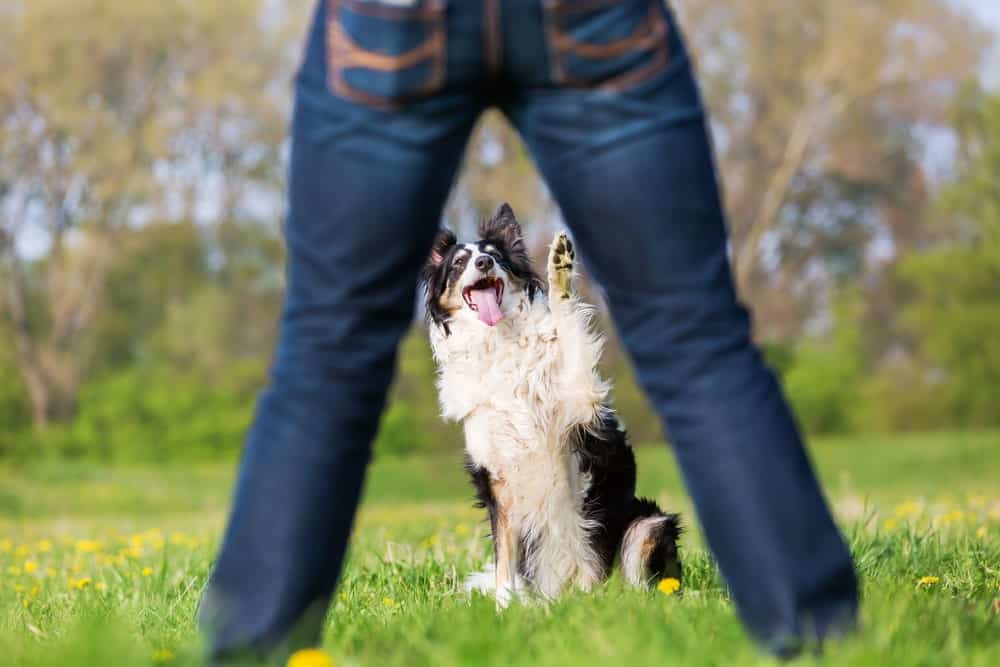

Just remember, the same way you like to be paid for a job well done, so does your dog. Payment for dogs can come in the form of treats, new toys, or even praise from you! Reward good behavior and your dog will be an excellent employee!
To learn more about being the best pet parent possible, check out one of these books on understanding dog behavior. Once you have a clearer understanding of why dogs do the things they do and how what you do affects them, you’ll improve your relationship, better communicate, and spend a lot less time annoying one another!


